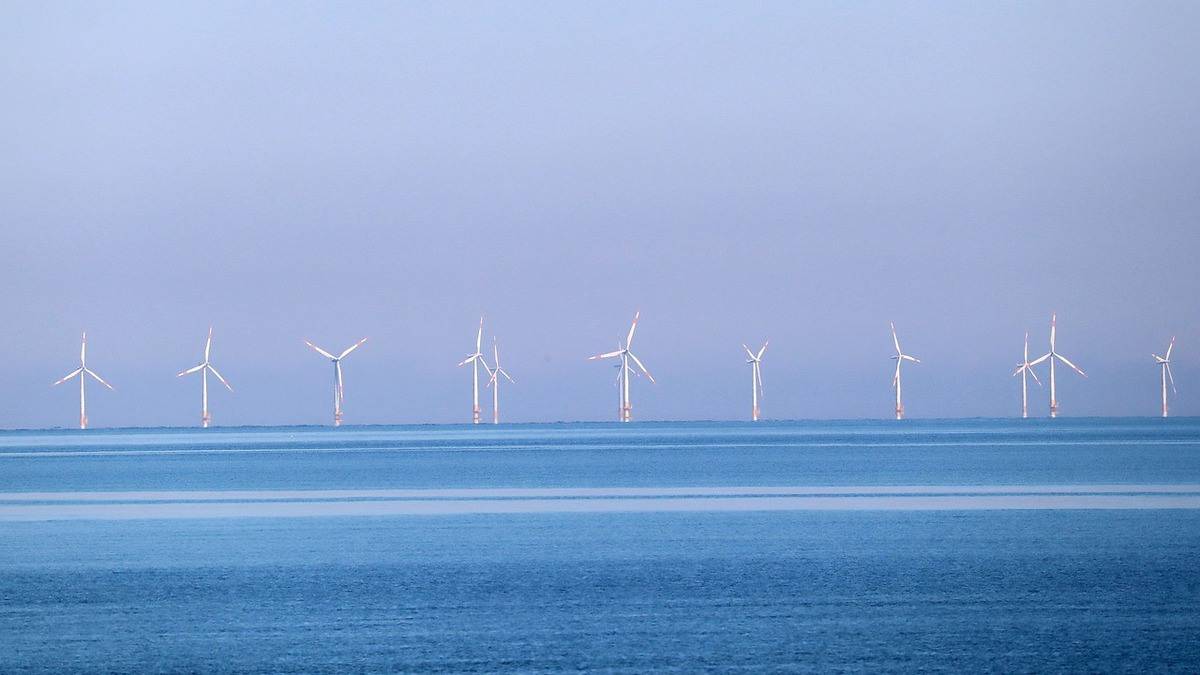Australia has been known to be lagging behind leading economies in electric vehicle adoption for years now. Nonetheless, it seems that the country is trying to reduce its fuel-caused carbon emission through a different approach.
Bloomberg reported that Australia has finally launched its first offshore wind zone as part of its broader effort to lessen its reliance on fossil fuels.
“Australia has huge potential in offshore wind and today the Albanese government is giving this industry a green light. This formal declaration and the Major Project Status for Star of the South will help us catch up.”
Chris Bowen, Climate and Energy Federal Minister
Location and scope
The coast of Gippsland in south Victoria is purportedly home to Australia’s first offshore wind zone. The area is roughly 15,000 square kilometers in size, stretching from Lakes Entrance in the east to Wilsons Promontory in the west.
Capacity
The Australian government claims that its first offshore wind zone will be able to accommodate 10 gigawatts of wind power or roughly five coal plants.
Australia’s first offshore wind project, Star of the South, has also received significant project status to increase the initial 2.2-gigawatt 2.2-gigawatt project’s capacity for fundraising.
Effect of Government initiatives
The Labor government that was inaugurated in May has accelerated Australia’s development of its offshore wind industry. The new government aims to retire a fleet of outdated coal plants that still produce most of the country’s energy.
BloombergNEF estimated that the number of installations worldwide would increase tenfold by 2035. Furthermore, Australian resources of the highest caliber could add value by enhancing utility-scale solar.
“We want to see more large-scale projects built in coming years. This will help integrate Australian manufacturing with renewable energy infrastructure, delivering more jobs in Australian companies.”
Industry Minister Ed Husic
Notably, the projects are projected to generate over 3,000 jobs for the coming 15 years in the development phase and about 3,000 jobs for ongoing operations.
There are concerns regarding whether Australia can handle more expensive offshore projects, given that all of its current wind power is onshore.
Notably, the state has little onshore wind and solar resources. To that end, the Victorian government has prioritized offshore as it works to generate 95% of its energy from renewable sources by 2035.
“Offshore wind is key to achieving our target of 95 per cent renewable energy by 2035 in Victoria, slashing emissions and energy bills as we lead the nation in our clean energy transition.”
Lily D’Ambrosio, Victorian Energy and Climate Minister

